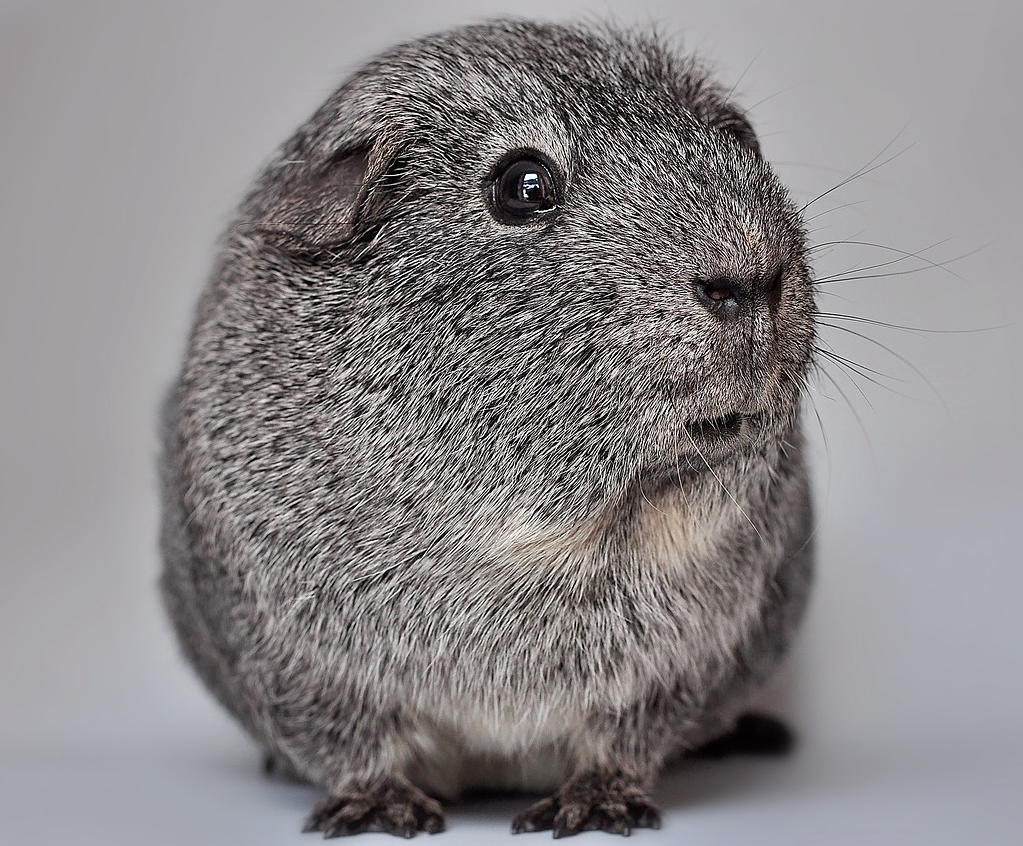
You enjoy good food when you can prepare it, but sometimes you must settle for store-bought. The box that comes in contains a huge list of ingredients in super small print. Most of them don’t sound like something you’d put in food! Among these are two items written as acronyms, only—BHA and BHT. BHA and BHT? What are they?
BHA stands for butylated hydroxyanisole. Now you know that’s not food. Butylated hydroxyanisole is actually a mixture of two chemicals. One is 2-tert-butyl-4-hydroxyanisole. The other is 3-tert-butyl-4-hydroxyanisole.
Its structures are seen at left. It is an antioxidant. Yet, it is not so much an eating kind of antioxidant, but in the preservative sense. It may be either added to the food itself, or to the food’s packaging.
BHA consumed by humans in small amounts has not been proven to be what it has proven to be for test animals in larger quantities, namely a carcinogen. Nevertheless, the use of BHA is open to controversy. California—often the first state to introduce restrictions—has labeled it a carcinogen.
BHT stands for butylated hydroxytoluene. More specifically, it is 2,6-bis(1,1-dimethylethyl)-4-methylphenol. This chemical is a single compound. Take note that what looks like two hands are identical to the tert-butyl groups seen in BHA. The straight line at bottom indicates a methyl group (-CH3)
As is the case for BHA, BHT is not so much an antioxidant in the desirable way, and has been accused of causing child hyperactivity and of being a carcinogen. Yet, it seems to possess some of the desirable antioxidant qualities. And BHT may be useful as an antiviral agent, particularly in connection with herpes.
BHA and BHT In Conclusion
Now you know what BHA and BHT are. What other letters of the alphabet of food are on your food’s label?
Note: You might also enjoy Guar Gum – Uses, Contraindications, and Diversity
References: